Anthropology
-
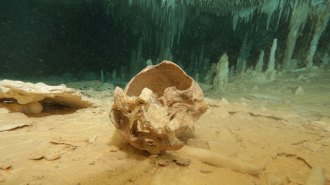 Archaeology
ArchaeologyAn ancient skeleton from an underwater Mexican cave sheds light on early Americans
A nearly 10,000-year-old skeleton discovered in a submerged Mexican cave provides more clues to how and when people settled the Americas.
-
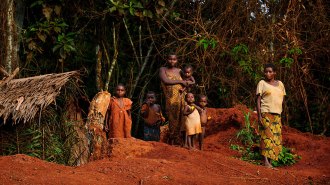 Genetics
GeneticsAncient kids’ DNA reveals new insights into how Africa was populated
Four long-dead youngsters from west-central Africa have opened a window on humankind’s far-flung African origins.
By Bruce Bower -
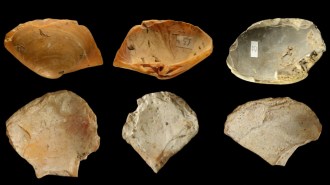 Anthropology
AnthropologyNeandertals dove and harvested clamshells for tools near Italy’s shores
The discovery of sharpened shells broadens the reputation of Stone Age human relatives: Neandertals weren’t just one-trick mammoth hunters.
By Bruce Bower -
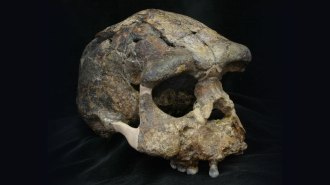 Humans
HumansHomo erectus arrived in Indonesia 300,000 years later than previously thought
The extinct, humanlike hominid likely reached the island of Java by around 1.3 million years ago, a study finds.
By Bruce Bower -
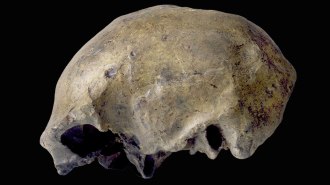 Anthropology
AnthropologyHomo erectus’ last known appearance dates to roughly 117,000 years ago
New evidence helps resolve a debate over how long ago Home erectus survived in what’s now Indonesia, a study finds.
By Bruce Bower -
 Science & Society
Science & SocietyThese science claims from 2019 could be big deals — if true
Some of this year’s most tantalizing scientific finds aren’t yet ready for a “best of” list.
-
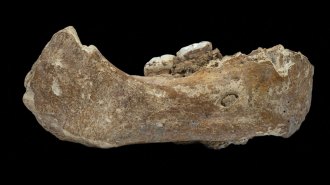 Humans
HumansMysterious Denisovans emerged from the shadows in 2019
Denisovan fossil and DNA finds this year highlighted the enigmatic hominid’s complexity and our own hybrid roots.
By Bruce Bower -
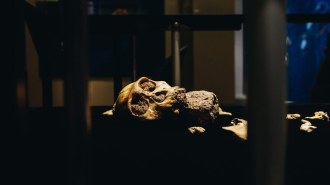 Science & Society
Science & SocietyA Dallas museum hosts rare hominid fossils from South Africa
Fossils of the South African hominids Australopithecus sediba and Homo naledi are on display at the Perot Museum of Science and History in Dallas.
By Tara Haelle -
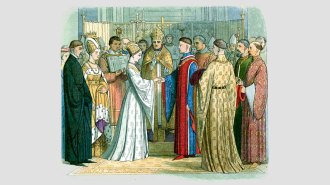 Humans
HumansThe medieval Catholic Church may have helped spark Western individualism
Early Catholic Church decrees transformed families and may help explain why Western societies today tend to be individualistic and nonconformist.
By Sujata Gupta -
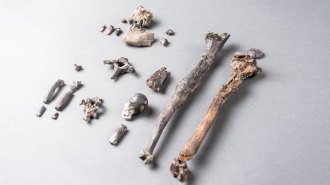 Humans
HumansFossils suggest tree-dwelling apes walked upright long before hominids did
A partial skeleton from an 11.6-million-year-old European ape still doesn’t answer how hominids adopted a two-legged gait.
By Bruce Bower -
 Archaeology
ArchaeologyA toe bone hints that Neandertals used eagle talons as jewelry
An ancient eagle toe bone elevates the case for the use of symbolic bird-of-prey pendants among Neandertals, researchers say.
By Bruce Bower -
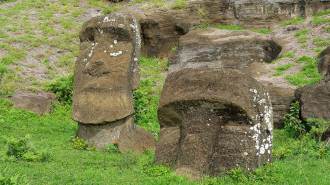 Humans
HumansQuarrying stone for Easter Island statues made soil more fertile for farming
Easter Island’s Polynesian society grew crops in soil made especially fertile by the quarrying of rock for large, humanlike statues, a study suggests.
By Bruce Bower